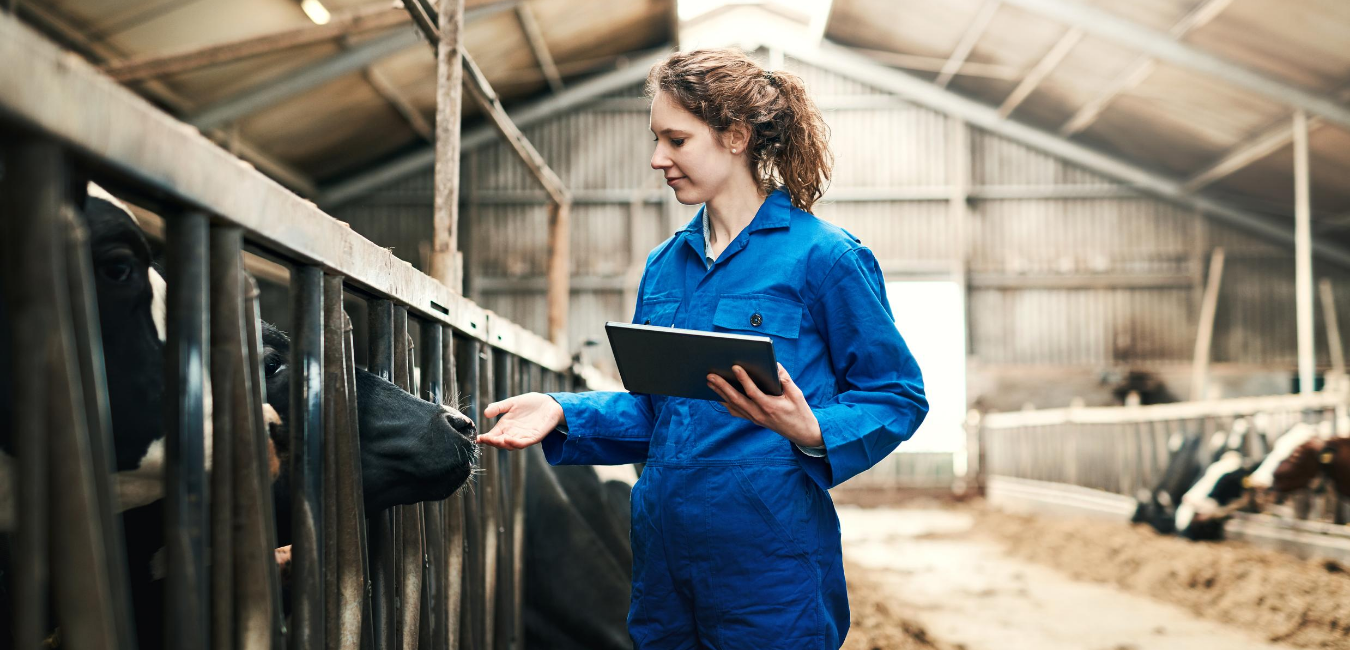Source: The Irish Examiner
By: Thomas Duffy
To consider a time before each house could be lit at the flick of a switch or a dinner reheated is often beyond my ability to imagine. The idea that the conveniences and essential services I take for granted were once seen frivolous and unnecessary, is something a little beyond my grasp. Yet I wonder will the same not be said of attitudes to rural broadband by some of our country’s leaders. Just as electricity allowed innovation in farming from the first bucket plant milking parlours, the use of internet technology could revolutionise agricultural and all rural business.
During the Covid-19 crisis, it is to become clearer than ever the need for rural broadband is not a frivolous desire for entertainment but essential for the business. The aim of the new government’s strategy to secure rural employment and entrepreneurship must be two-fold.
Firstly, the ability of workers living in rural Ireland to engage with employers’ expectations of remote working must be safeguarded by an accelerated timeline on rural broadband and greater guarantees on geographical coverage. Previously a commitment based on “population coverage” might have been sufficient when work was concentrated in a few urban centres, however, as the number of those working from home increases this is no longer sufficient. A recent NUIG study identified that 83% of workers said they wished to opt for a level of work from home. If this desire is not met in rural areas, we will see yet more waves of regional emigration. Greater ambition is needed of the role out of “hot desks” and “co-working” spaces in rural towns to address those needs where homes are totally inaccessible for connection.
Secondly, the provision of rural broadband is necessary for the development of more rural small and medium-sized businesses which create the bulk of employment in rural areas. Small retailers, especially for agriculture and food goods, have been crushed by savings offered by retail chains and central purchasing. However online connections allow a new strategy, greater connections between consumer and food producer through innovative retail. In the past smaller businesses were often unable to cover the overhead of expensive storage with no guarantee of sale. The development of direct links which give small business a clear sign of market demand before processing or purchase is a revolution and the first real challenge to supermarket and chain dominance. Yet many companies struggle to make the digital transition, new business models such as on-demand and contracted supply have yet to make a dent in the rural economy. These steps, managed properly could breathe new life into the struggling beef industry, where trust has been undermined so gravely at all steps, and help them address the rise of the anti-meat agenda.
Rural broadband cannot be limited to fibre running to houses however, high-speed mobile broadband will be as essential for the future of agriculture. Ironically, the technology of 5G wireless internet came to the fore during the crisis as a co-ordinated campaign of conspiracy and nonsense mislead some people to a link between Covid-19 and 5G towers. A series of debunking categorically disproved any link between disease and 5G, but the link between 5G and next generation of agriculture is undeniable. For instance, on my farm in areas that I have sufficient coverage, I am able to register newborn calves, request sales permits and record everything from live weights to grass measurements while in other areas of the farm I can barely receive a Whatsapp message in an emergency.
The next development in technology is often described as the “Internet of Things” or IOT for short. This means the ability to link numerous applications. At the largest scale, we have seen some of these developments with constant monitoring of milk solids in robotic systems being delivered in real time to cow nutritionists in housed systems, in crop cultivation in machinery that can sense yield at harvest to create more accurate maps of land’s ability to yield. These advancements all offer the possibility to use inputs more creatively and reduce use. With increasing demands on farming to reduce fertiliser, pesticides and herbicides while meeting economic yields that can cover costs we will need to see many more of these inventions. A great potential lies in rural areas to innovate and scale up manufacturing of local solutions to local challenges.
All these bright ideas and positive futures are only possible if rural areas get the infrastructure they so desperately need. Not just for the present but for the future.



